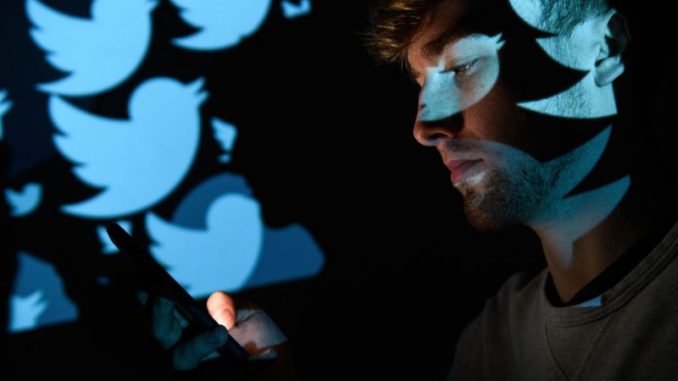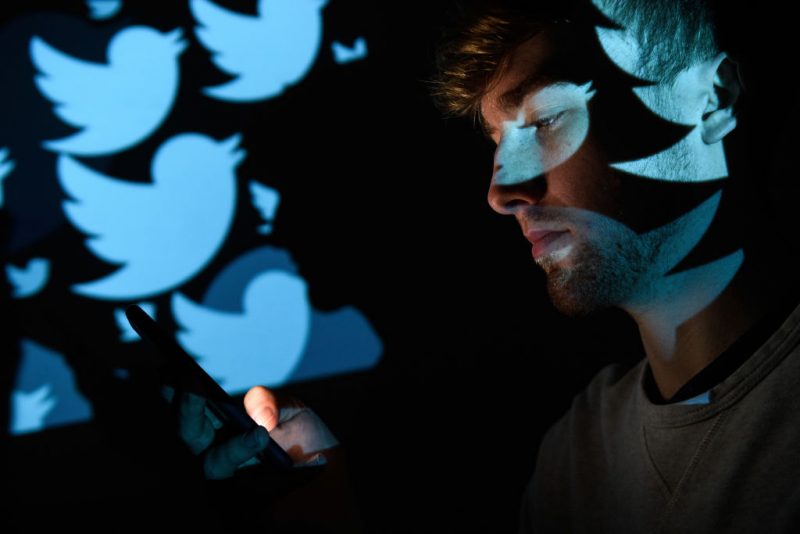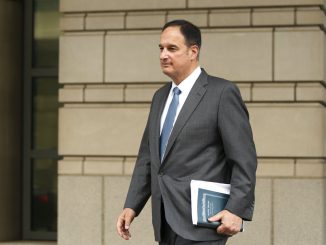

OAN Roy Francis
UPDATED 4:58 PM PT – Tuesday, January 3, 2023
In this latest release of the Twitter Files, reporter Matt Taibbi revealed how the State Department attempted to go to the media with information about suspect Twitter accounts. Twitter executives were under pressure from a a fledgling analytic/intelligence arms of the State Department to follow their requests.
By 2020, Twitter executives were facing the problem of public and private agencies going straight to the media with lists of suspicious accounts from Twitter. In February of that year, as COVID was breaking out, the Global Engagement Center (GEC), an intelligence arm of the State Department went to the media with a report called “Russian Disinformation Apparatus Taking Advantage of Coronavirus Concerns.”
The GEC had flagged accounts that were saying that the Coronavirus was an engineered bioweapon. As well as accounts blaming the Wuhan Institute for the research conducted there and the CIA for the appearance of the virus.
Accounts were flagged for retweeting news from the U.S. ZeroHedge which had been banned on Twitter, but had done reports about possible lab origins of the virus.
The GEC had still gone directly to news stories with headlines like the AFP’s “Russia-linked disinformation campaign led to Coronavirus alarm, U.S. [United States] says.”
Clemson’s Media Forensics Hub complained that Twitter had not “made a Russia attribution” in a period of time, Yoel Roth pointed out that it was “revelatory of their motives.”
He then tried to convince outsider researchers like Clemson lab to work with them instead of going straight to the media.
At the same time, Twitter was doing what it can to limit the number of outside agencies that had access to Roth.
The State Department/GEC wanted to publicize a list of 5,500 accounts it claimed “amplify[ed] Chinese propaganda and disinformation.” These accounts were a sample size of the bigger nearly 250,000 list of accounts that were listed by the GEC which included Canadian officials and a CNN account.
They claimed that these accounts “display inorganic behavior and follow two or more of the 36 Chinese diplomatic twitter accounts that we have identified in the report.”
This move was seen as the GEC’s attempt to use intel from other agencies to enter the “content moderation club.”
This “club” included Twitter, Facebook, the FBI, and the DHS among others.
The GEC finally agreed to work with Twitter before going public. The tactic they were using to do this was one that was used before to box in the social media platform. This led to one of the few public disagreements between Twitter and state officials.
When the FBI came forward and told Twitter that the GEC wanted to be included in the “industry calls” between various social media companies and government agencies, executives pushed back.
Executives from Twitter, Google, and Facebook fought back against the GEC’s involvement.
The reason for the resistance was because Roth thought that the GEC was political unlike other agencies. After years of accepting agency requests, the social media platform was suddenly defiant. Roth explained that the reason they were doing this was because with the election approaching, it would pose “major risks” to bring in the GEC.
Eventually the FBI went to Facebook and argued that other agencies could participate in the calls, but the FBI and DHS would be the sole “Conduits.”
Roth voiced his concerns and wanted to keep the “circle of trust small.”
FBI agent Elvis Chan addressed Roth’s concerns and said that “State/GEC, NSA and CIA have expressed interest in being allowed on in listen mode only.”
Eventually an industry call via Signal was settled on. Chan sent the private numbers of each company’s Chief Moderation Officer to Roth for the call.
Twitter was now taking requests from almost every government agency, starting with the Senate Select Committee on Intelligence (SSCI).
The SSCI was concerned and wanted to confirm that the social media platform was following the FBI’s directives.
Some of the request Twitter was receiving were just to ban people that government officials and agencies simply did not like.
Twitter was honoring almost every request that came in. The days of the social media giant being able to deny requests were pretty much gone now.
As the war in Ukraine began, more accounts were being reported to Twitter. Some reports were just a list of accounts or emails with small explanations.
The number of requests coming in weeks before the 2020 election had started to confuse the Twitter executives and employees. They had to open more communications with the FBI to make sure everything was done according to their requests.
If requests were not followed fast enough, then the FBI would reach out with questions to see the progress on their requests.
Twitter essentially became an overwhelmed subcontractor for U.S. government agencies that had been paid $3,415,323. They were taking requests from every conceivable agencies and department, they were also honoring almost every request that was coming. By choice or not, Twitter was basically now a tool of government agencies.





Be the first to comment